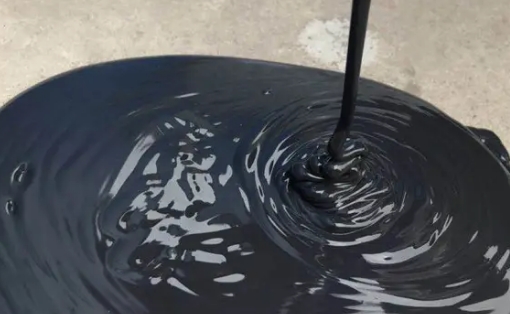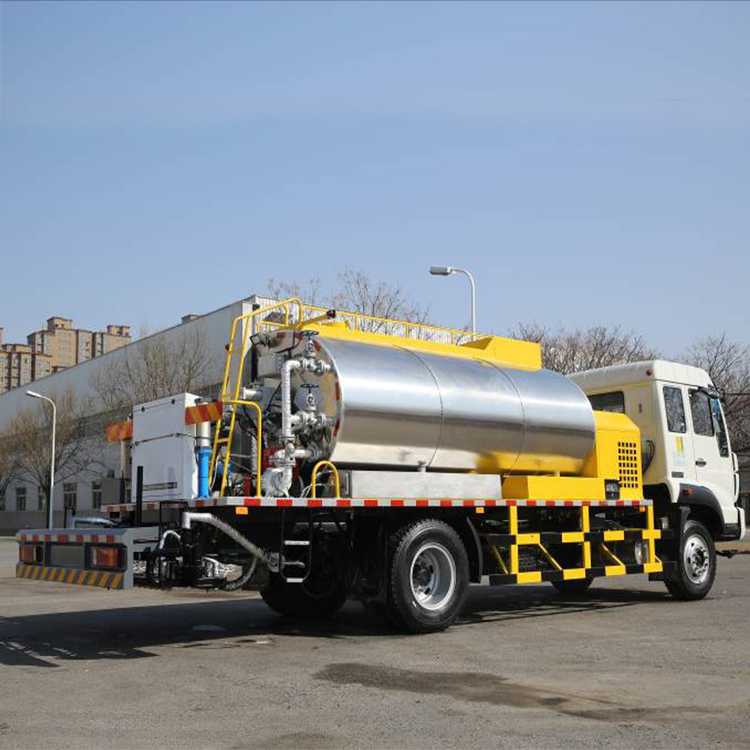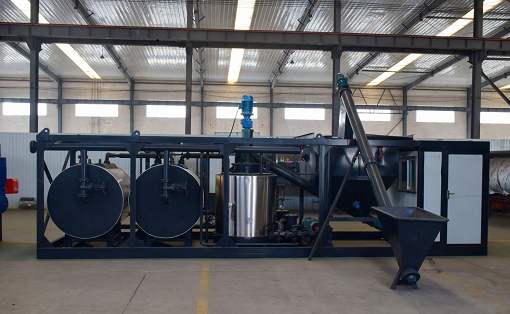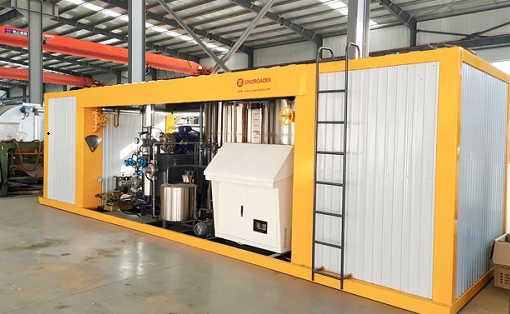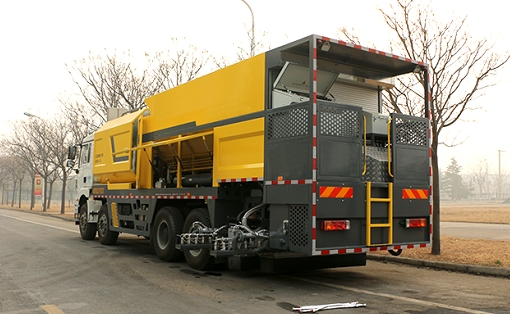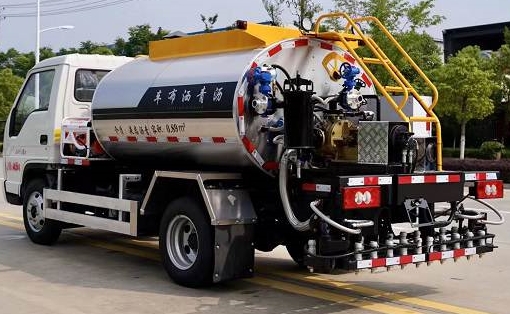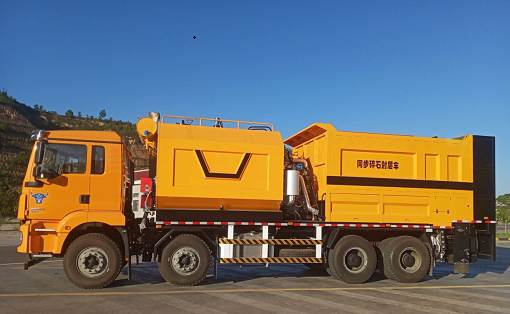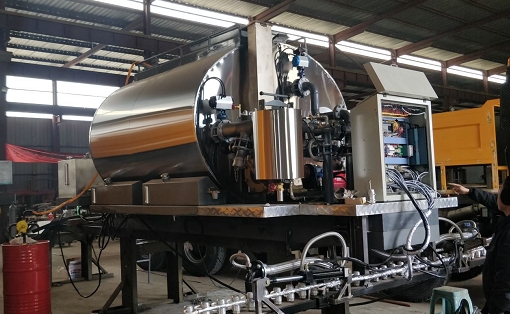Asphalt melting equipment manufacturers share several methods for heating bitumen
There are many ways to heat bitumen, including using fire source heating, electric heating, steam heating, hot water heating and indirect heating. Fire source heating generates heat by burning fuel to heat the bitumen to a molten state. Electric heating converts electrical energy into thermal energy through electric heating elements to heat the bitumen to a molten state. Steam heating transfers heat to bitumen through steam, heating the bitumen to a molten state. Hot water heating transfers heat to the bitumen through hot water, heating the bitumen to a molten state. Indirect heating transfers heat to the heating medium, which then transfers the heat to the bitumen to heat the bitumen to a molten state.
There are many ways to heat bitumen, including using fire source heating, electric heating, steam heating, hot water heating and indirect heating. Fire source heating generates heat by burning fuel to heat the bitumen to a molten state. Electric heating converts electrical energy into thermal energy through electric heating elements to heat the bitumen to a molten state. Steam heating transfers heat to bitumen through steam, heating the bitumen to a molten state. Hot water heating transfers heat to the bitumen through hot water, heating the bitumen to a molten state. Indirect heating transfers heat to the heating medium, which then transfers the heat to the bitumen to heat the bitumen to a molten state.





